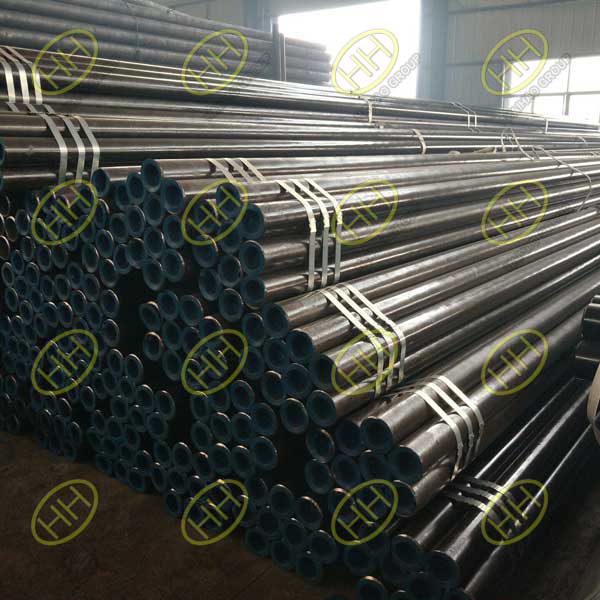Understanding API 5L steel pipe standards
In the dynamic realm of pipeline systems, the quality and reliability of steel pipes are paramount. Enter API 5L, the gold standard for pipeline steel pipe specifications. Within this standard, there exist two distinct levels of quality: PSL1 and PSL2, denoting Product Specification Levels.

API 5L PSL1 Grade B seamless steel pipes
PSL1: Laying the Foundation
PSL1 embodies the fundamental quality requirements for pipeline steel pipes. It establishes the baseline quality level, encompassing factors such as chemical composition and yield strength. The grade of PSL1 pipes, indicated by designations like L290 or X42, correlates directly with their yield strength, showcasing the robustness of the material. These designations serve as a beacon, guiding engineers towards selecting the appropriate strength level for their projects.

API 5L PSL2 X70 seamless steel pipes
PSL2: Elevating Standards
PSL2 ascends to greater heights, bolstering the specifications laid out in PSL1. It introduces mandatory requirements for chemical composition, notch toughness, strength properties, and supplementary Non-Destructive Examination (NDE). PSL2 pipes bear alphanumeric designations that signify both strength level and chemical composition, ensuring a comprehensive understanding of the material’s properties. Moreover, PSL2 designations are augmented with suffixes like R, N, Q, or M, denoting delivery conditions, with additional letters S (for acidic service environments) or O (for marine service environments) signifying operational conditions.
Comparing Quality Standards
PSL2 Surpasses PSL1: PSL2 sets a higher bar for quality, not only in terms of inspection requirements but also in chemical composition and mechanical performance. Consequently, when ordering according to API 5L standards, contracts must specify the product specification level—PSL1 or PSL2—alongside conventional metrics like specifications and steel grades.
Rigorous Testing in PSL2: Unlike PSL1, PSL2 mandates stringent testing, including impact performance assessment. Except for X80 grade, all PSL2 steel grades must meet specific impact energy requirements at 0°C, ensuring resilience and durability in varying operational conditions.
Embracing Integrity: Pipeline pipes undergo hydrostatic testing on a per-piece basis, a significant departure from some national standards. PSL1 forgoes non-destructive testing, while PSL2 mandates it for every pipe, ensuring uncompromised integrity throughout the pipeline network.
In complex pipeline infrastructure, following the API 5L standard, especially having a deep understanding of the differences between PSL1 and PSL2, is critical. By adhering to these standards, Haihao Group forges the path to a safer and more efficient pipeline network under the banner of integrity and excellence.
